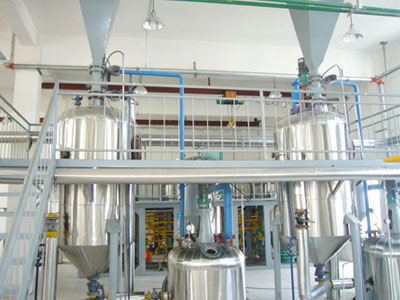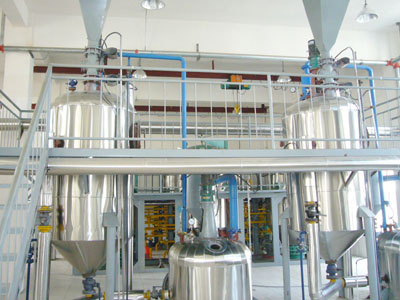Dewaxing of edible oil
Dewaxing of edible oil refers to the removal of waxy components in edible oil by physical or chemical methods to improve the transparency and quality of oil products. Most vegetable oils contain different amounts of wax, mainly from the husk of oil seeds. The husk contains high wax content, and the crude oil prepared also contains high wax content. Wax is dissolved in oil and fat above 40°C, so crude oil prepared by pressing method or solvent extraction method generally contains a certain amount of wax. The wax content of various crude oils varies greatly, and most of them are extremely small, so it is not necessary to consider them in the process of oil production and processing. However, some oils have high wax content, such as corn germ oil (containing 0.01%~0.04%), sunflower seed oil (containing 0.06%~0.2%) and rice bran oil (containing 1%~5%), which need to be removed when processing these oils.

Working principle
According to the melting point difference between wax and oil and the property that the solubility (or dispersity) of wax in oil decreases with the decrease of temperature, crystalline wax (or mixture of wax and crystal promoter) is precipitated by cooling, and the oil and wax are separated by filtration or centrifugation. The dewaxing temperature should be below 25°C in order to achieve the expected dewaxing effect.
Equipment
Oil dewaxing equipment is divided into crystallization and separation devices. The main equipment includes: cooling system, heat exchanger, crystallizing tank, maturing tank and filter.




